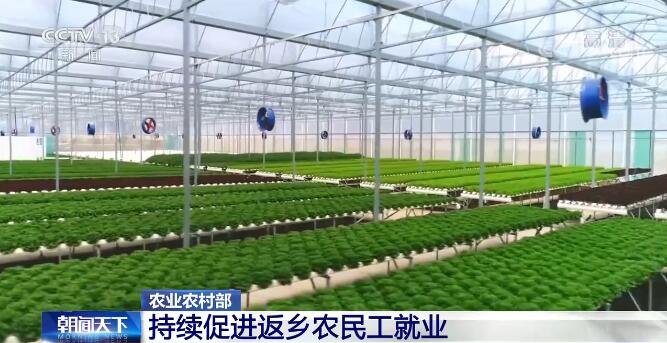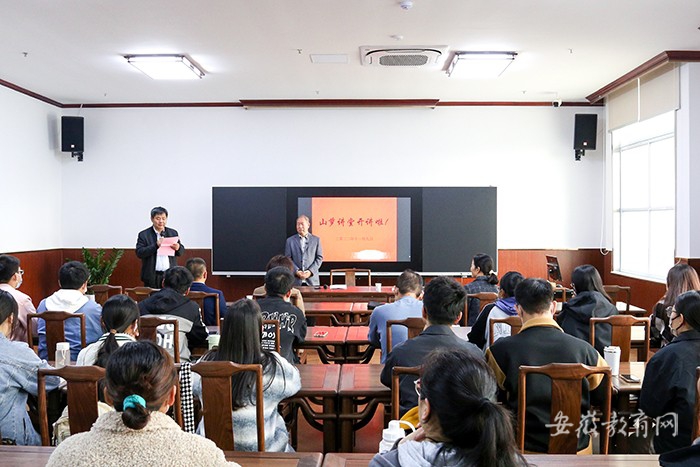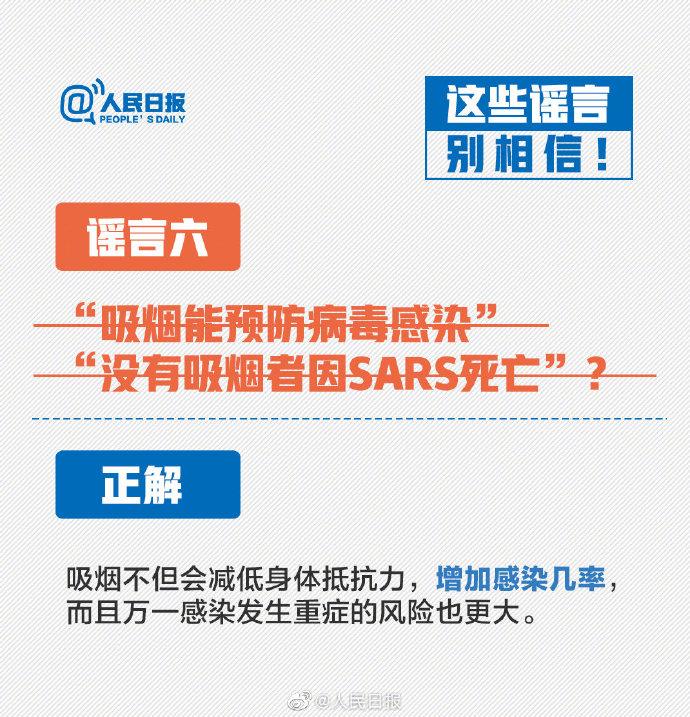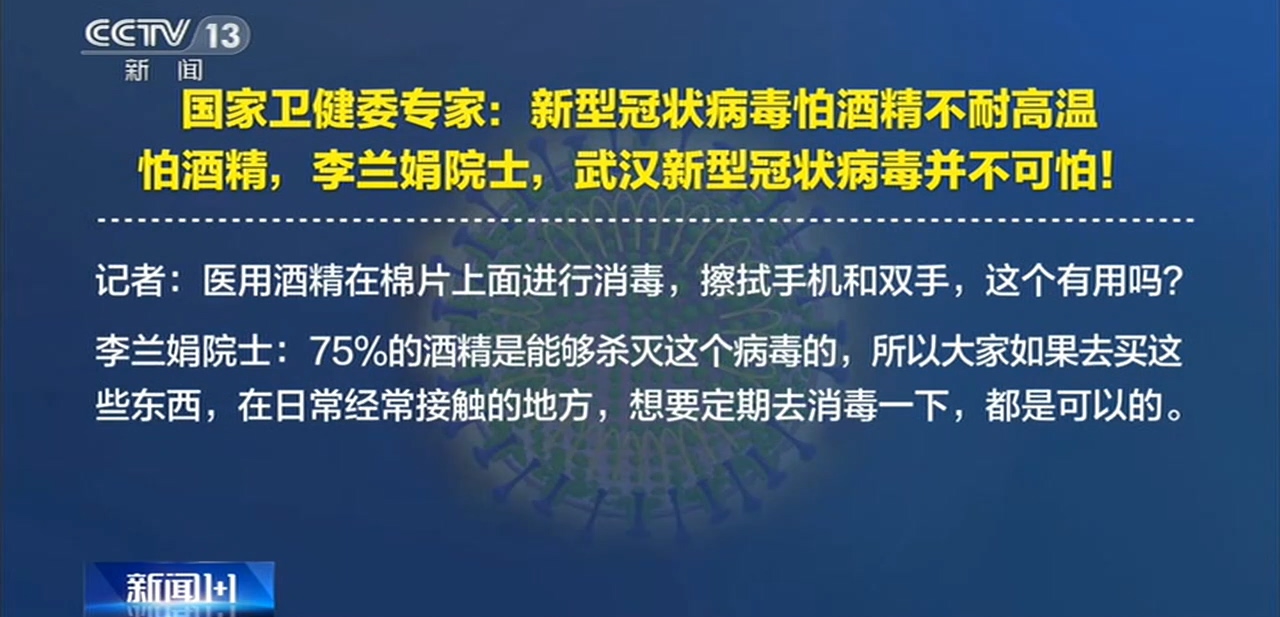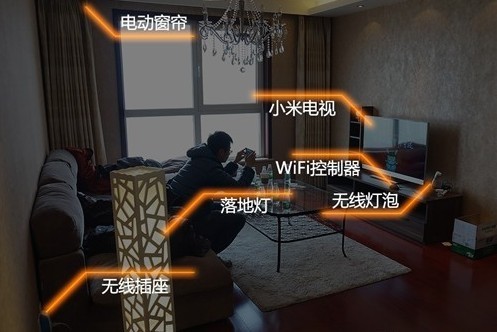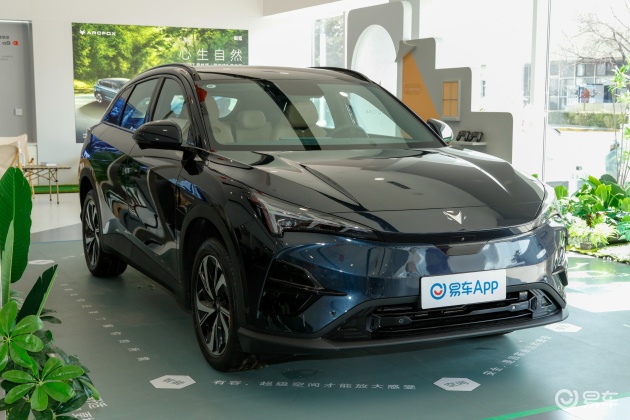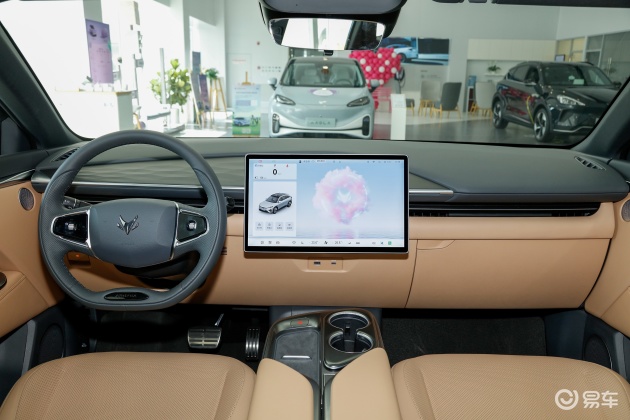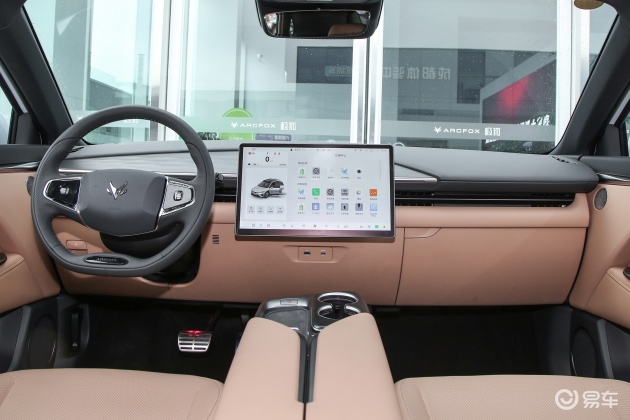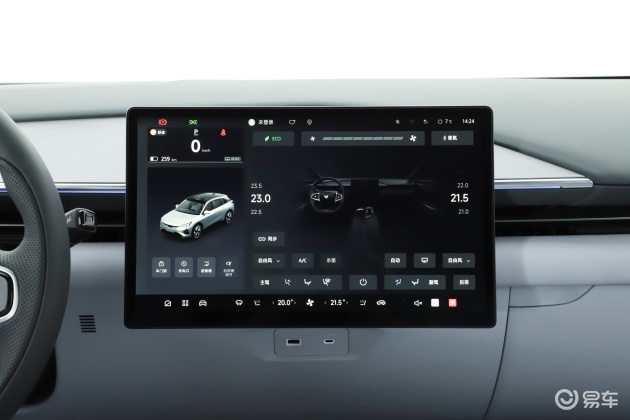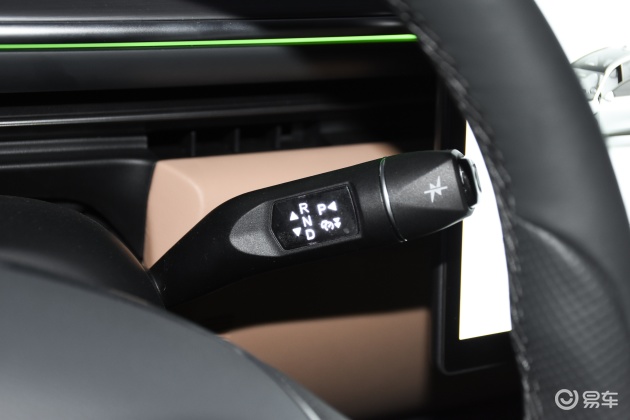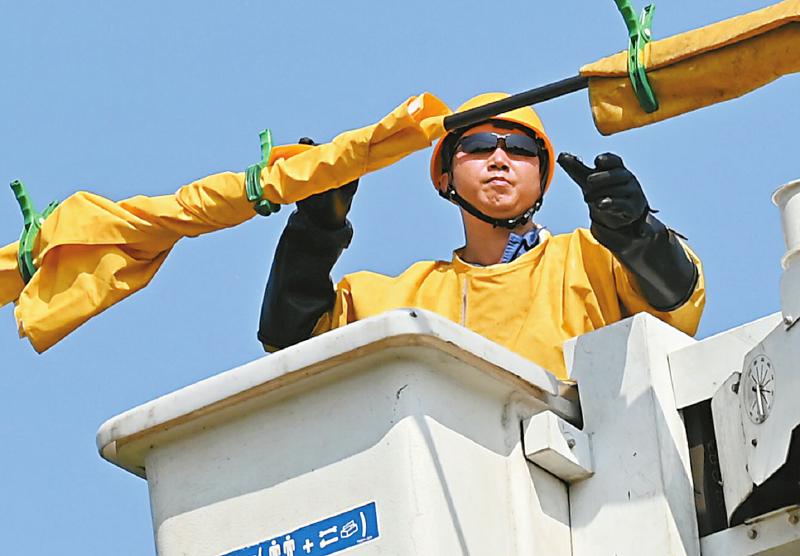
At 14 o’clock on August 6, in Changxing Community, Dongsheng Street, Shuangliu District, Chengdu, electric power maintenance personnel braved the hot summer to work live. Reporter   Hua Xiaofeng   absorb
● At present, the highest power load of Sichuan Power Grid reaches 51.92 million kilowatts, and the daily power consumption reaches 1.09 billion kilowatt hours, both of which are record highs.
● At present, the air conditioning load in our province is nearly 18 million kilowatts, accounting for about one-third of the electricity load in Sichuan, making it a big power consumer.
● According to the calculation, if the set temperature of 1.5 fixed-frequency air conditioners in Sichuan is increased by 1℃, the electricity load can be reduced by 17% to 20% on average.
Since the summer of this year, especially since the recent continuous high temperature weather, the power load of Sichuan power grid has hit record highs. On August 6th, the reporter learned from Sichuan Electric Power Company of State Grid that the maximum power load of Sichuan Power Grid reached 51.92 million kilowatts, and the daily power consumption reached 1.09 billion kWh, both hitting record highs. At present, the power supply and demand in Sichuan power grid is tight at the peak time, and it has entered a critical period of peak summer.
How much load does Sichuan power grid carry in this hot summer? How can we meet the peak summer safely and stably?
What is the load pressure of Sichuan power grid?
The maximum power load of power grids in 14 regions has reached a new high.
In the past few days, Sichuan has suffered from a wide range of continuous high temperatures, and the rising temperature has led to a surge in electricity consumption. Statistics from State Grid Sichuan Electric Power Company show that by the end of July, the cumulative electricity consumption of Sichuan Power Grid increased by 19.6% in 2021, and the electricity consumption in July increased by 21.5%. Especially during the high-temperature warning period from July 29th to August 2nd, the total electricity sold by Sichuan Power Grid was 4.57 billion kWh, up by 35.09% year-on-year, among which the residential electricity consumption increased by 111.05% year-on-year, and the maximum power load of power grids in 14 regions including Chengdu, Suining, Nanchong and Zigong set new records one after another, reaching a record high.
"Economic growth is the key factor for the rapid increase in electricity demand in Sichuan, and long-term high temperature weather has further led to a sharp increase in electricity consumption." The relevant person in charge of the State Grid Sichuan Electric Power Company analyzed.
Sichuan is a big province with hydropower resources. Why is there a power shortage?
"Sichuan does not lack electricity. What is lacking is substations and transmission channels." The relevant person in charge of the dispatching control center of State Grid Sichuan Electric Power Company said that Sichuan’s electricity consumption can meet the demand of production and life in general, but there will be a shortage in those hours at the peak of electricity consumption, on the one hand, because the substation capacity in some areas is insufficient to load more electricity; On the other hand, there are not enough transmission channels to transport hydropower from western Sichuan to cities such as Chengdu, which will also affect power supply to some extent.
How to deal with the demand for electricity for social development?
Strengthen power grid operation monitoring, cross-regional peak power mutual assistance, and optimize the transmission of power to Sichuan.
At present, with the growth of power demand, the "baking" test of Sichuan power grid is also aggravated. The provincial party committee and government attach great importance to high-temperature power supply, and take the principle of giving priority to ensuring people’s livelihood’s electricity consumption as the principle, and have held many meetings to study and deploy to ensure the supply of thermal coal, coordinate the power dispatching outside the province, and vigorously support the power grid construction.
Since the summer of this year, in view of the characteristics of power supply and demand during the peak summer, our province has taken many measures to fully protect the demand for electricity for economic and social development. On the one hand, comprehensively strengthen the monitoring of power grid operation, formulate special operation and maintenance safeguard measures and emergency repair plans for weak points of substations and transmission lines, and eliminate hidden dangers of equipment in time; On the other hand, during the peak hours of electricity consumption, support is implemented by means of cross-regional peak power mutual assistance and optimizing the delivery of electricity to Sichuan. At present, the maximum external support power per day exceeds 5 million kilowatts, which relieves the peak power supply gap in our province to some extent.
Combined with the current situation of epidemic prevention and control, State Grid Sichuan Electric Power Company will closely track the power demand of 298 designated hospitals, 744 fever clinics, 168 prevention and control products manufacturers, 1 vaccine company, centralized isolation points, and centralized places for entry and observation, and carry out dynamic monitoring of power load to ensure the safety and reliability of power supply for epidemic prevention and control.
How to give priority to ensuring residents’ living electricity consumption?
First of all, reduce the industrial electricity load and guide enterprises and production workshops to use electricity at peak times as much as possible.
Measure the temperature of the substation with infrared thermometer, and take turns to cool the transformer with fog gun and industrial fan … At 14: 00 on August 6th, in the 220KV substation located in Tianfu New District, the maintenance and operation personnel of Tianfu New District Power Supply Company of State Grid were ensuring the normal operation of the transformer through various equipment. According to the instrument measurement, the "body temperature" of the overload transformer has reached nearly 70℃.
"Once the temperature is too high, it will affect the normal operation of the transformer, which is very likely to affect the production and living electricity consumption of surrounding residents." Lu Dan, director of the substation operation and maintenance room of the Maintenance Branch of Tianfu New District Power Supply Company of State Grid, said that one of the important principles to meet the peak summer is to give priority to ensuring residents’ living electricity. If the power is very tight, we will first reduce the industrial power load and guide enterprises and production workshops to use electricity at peak times as much as possible.
It is worth mentioning that at present, the air conditioning load in our province is nearly 18 million kilowatts, accounting for about one-third of the electricity load in Sichuan, making it a big power consumer. According to the calculation, if the set temperature of 1.5 fixed-frequency air conditioners in Sichuan is increased by 1℃, the electricity load can be reduced by 17% to 20% on average. (Reporter   Chen Bihong)
Special reminder
Under the current situation of power supply and demand, State Grid Sichuan Electric Power Company advocates the general public to save electricity, set the air-conditioning temperature to not less than 26℃, turn off unnecessary power office equipment that has not been used for a long time, and turn off the lights and power when going out; Industrial enterprises try their best to produce at the wrong peak, and use electricity at the low peak is both economical and low-carbon; Relevant departments try their best to reduce the electricity consumption for decorative landscape lighting of buildings, reduce the time and quantity of lighting, and try their best to charge electric vehicles at different peaks to jointly build a safe and stable electricity environment.

